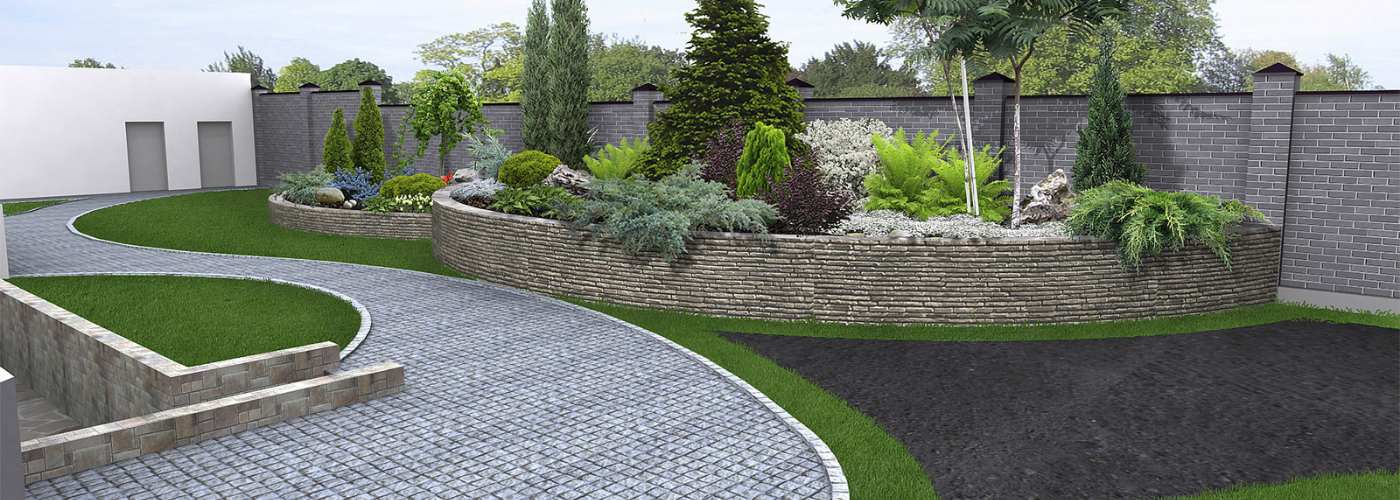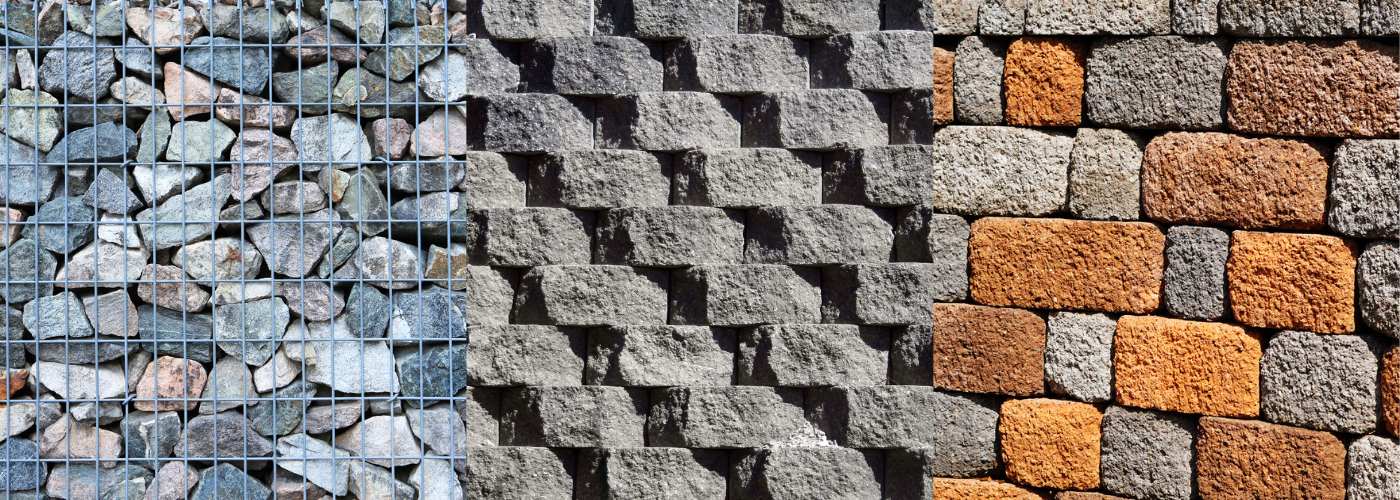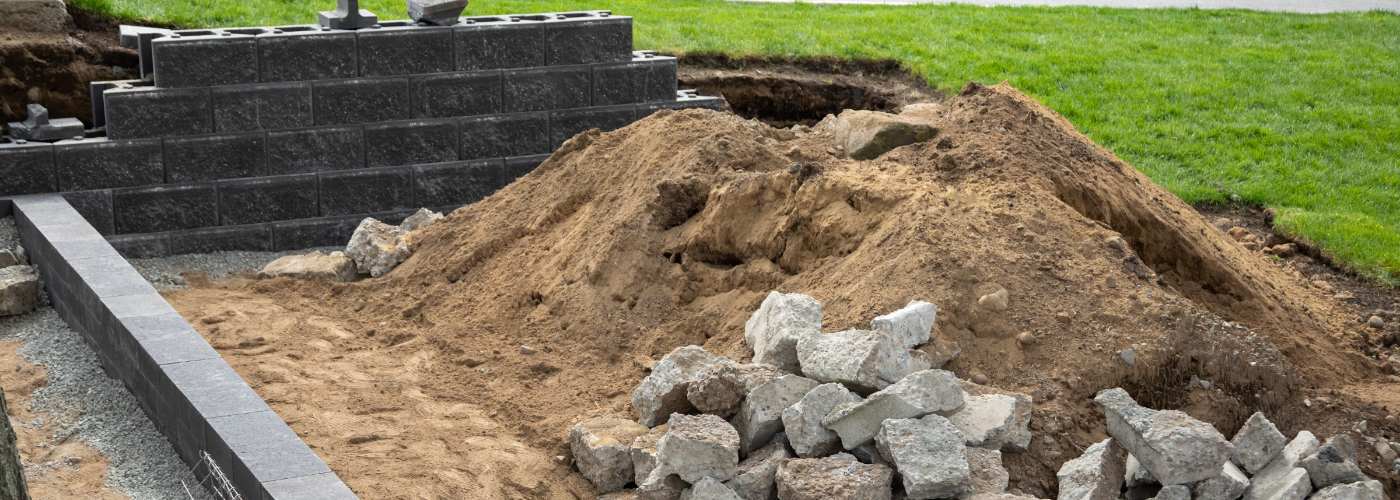Retaining walls provide a great way to enhance the aesthetic appeal of a home or landscape while also serving an important purpose in preventing soil erosion. Constructing a retaining wall can be a time-consuming and expensive undertaking, so it is important to consider both the advantages and disadvantages of this project before making your decision.
What Is A Retaining Wall

A retaining wall is a structure that holds back soil or other materials and prevents them from moving downhill. Retaining walls are common in landscaping, construction, and engineering projects where it is necessary to control the movement of soil or water.
Retaining walls can be made from various materials, including concrete, stone, brick, timber or even earth. This is why many homeowners love this type of home remodeling project in Seattle, because it adds a certain type of grace and elegance many love!
Retaining walls can serve both functional and aesthetic purposes. They can create level areas for gardens or patios on sloping land. In addition, they are often used to prevent erosion by stabilizing slopes and reducing runoff.
Retaining walls can also serve as decorative elements in outdoor spaces by adding texture, color and visual interest.
What Are The Three Types Of Retaining Walls?

Retaining walls are an essential part of landscaping and construction. They prevent soil erosion, manage water runoff, and support vertical changes in the landscape. There are three main types of retaining walls that are commonly used for different purposes.
The first type is gravity retaining walls, which rely on their weight to hold back the soil. These walls are typically made of concrete or stone and can be found in a variety of shapes and sizes.
Gravity retaining walls work well for small to medium-sized projects with minimal pressure from soil movement.
The second type of retaining wall is cantilevered retaining walls, which use steel-reinforced concrete to hold back the soil. These walls have a much thinner profile than gravity retaining walls but can handle larger loads due to their structural design.
The third type of retaining wall is a spring retaining wall, also known as a basket-handle wall. These walls are typically made of precast concrete or steel and have a slightly curved profile that resembles the shape of a basket handle.
Spring retaining walls are often used for long, continuous projects with minimal soil movement.
What Are The Disadvantages Of Retaining Walls?

While retaining walls offer numerous benefits, such as creating usable outdoor spaces and preventing property damage, several drawbacks should be considered before installing one.
One major disadvantage of a retaining wall is the cost. Retaining walls can be expensive due to the materials and labor involved in their construction.
Additionally, if you hire a professional contractor to install your retaining wall, the cost may increase even further. The size and complexity of the wall will also affect its overall cost. If you have a large area that needs a retaining wall, it could quickly become unaffordable.
Lastly, one downside of a retaining wall is the preparation for the home remodel. Soil and any other outdoor elements may need to be removed to install the retaining wall. This can take up to countless hours of labor to remove them from your back or front yard.
However, with all things said, retaining walls are still beautiful elements that she be considered for those with plenty of outdoor space in their home. They make great for home gardens as well.
Do You Need A License For A Retaining Wall?
Retaining walls hold back soil or other materials, creating a level surface for landscaping or building purposes. However, the question remains: do you need a license to build a retaining wall?
The answer is not straightforward because it depends on several factors such as the height of the wall, its location, and your local building codes.
In some cases, a retaining wall under four feet high may not require any permits or licenses. However, if the wall exceeds this height limit, you may need to obtain permission from your local government before proceeding with construction.
Additionally, if the retaining wall is close to property lines or adjacent structures such as roads or sidewalks, you may also need additional approvals from relevant authorities.
It’s best to check with your local government authority to see if you need a permit to install a retaining wall.
